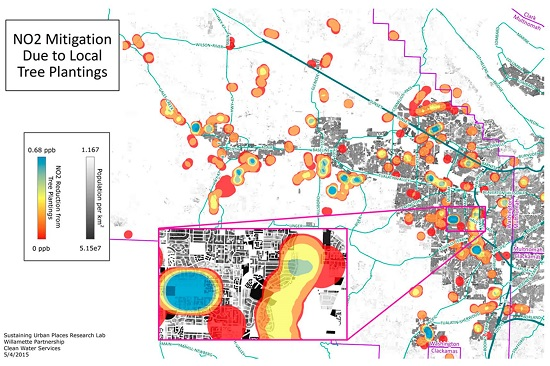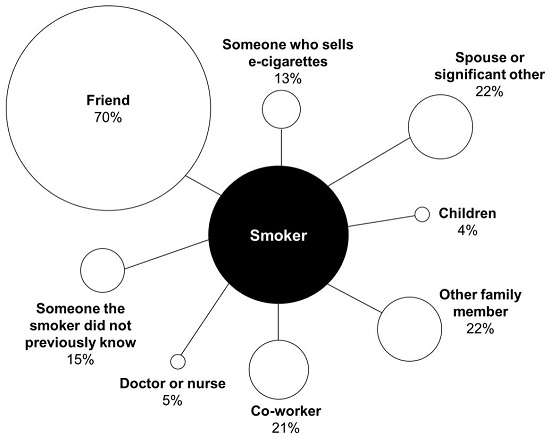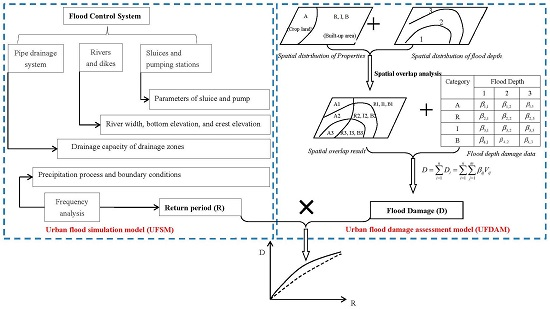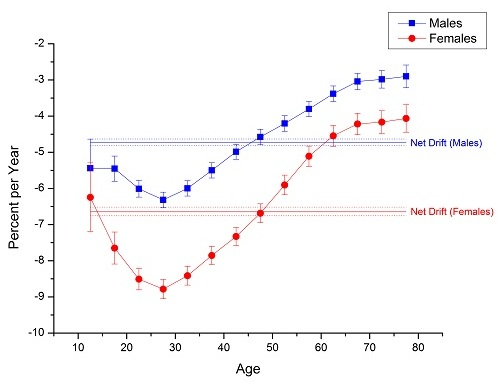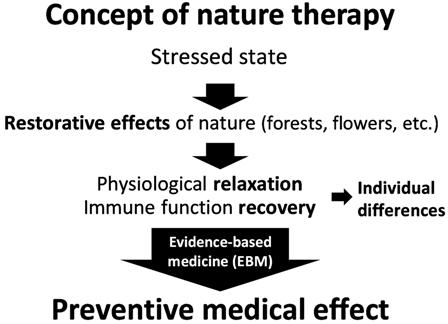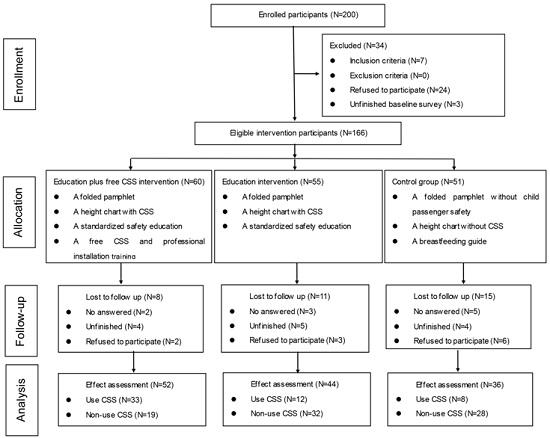1
RTI International, 3040 Cornwallis Road, Research Triangle Park, NC 27709, USA
2
RTI International, 701 13th St NW, Suite 750, Washington, DC 20005, USA
3
National Institute of Health Sciences, Ministry of Health, Kalutara 12000, Sri Lanka
4
RTI International, 6110 Executive Boulevard, Suite 902, Rockville, MD 20852, USA
Int. J. Environ. Res. Public Health 2016, 13(8), 791; https://doi.org/10.3390/ijerph13080791 - 5 Aug 2016
Cited by 17 | Viewed by 6471
Abstract
▼
Show Figures
A pilot study of indoor air pollution produced by biomass cookstoves was conducted in 53 homes in Sri Lanka to assess respiratory conditions associated with stove type (“Anagi” or “Traditional”), kitchen characteristics (e.g., presence of a chimney in the home, indoor cooking area),
[...] Read more.
A pilot study of indoor air pollution produced by biomass cookstoves was conducted in 53 homes in Sri Lanka to assess respiratory conditions associated with stove type (“Anagi” or “Traditional”), kitchen characteristics (e.g., presence of a chimney in the home, indoor cooking area), and concentrations of personal and indoor particulate matter less than 2.5 micrometers in diameter (PM2.5). Each primary cook reported respiratory conditions for herself (cough, phlegm, wheeze, or asthma) and for children (wheeze or asthma) living in her household. For cooks, the presence of at least one respiratory condition was significantly associated with 48-h log-transformed mean personal PM2.5 concentration (PR = 1.35; p < 0.001). The prevalence ratio (PR) was significantly elevated for cooks with one or more respiratory conditions if they cooked without a chimney (PR = 1.51, p = 0.025) and non-significantly elevated if they cooked in a separate but poorly ventilated building (PR = 1.51, p = 0.093). The PRs were significantly elevated for children with wheeze or asthma if a traditional stove was used (PR = 2.08, p = 0.014) or if the cooking area was not partitioned from the rest of the home (PR = 2.46, p = 0.012). For the 13 children for whom the cooking area was not partitioned from the rest of the home, having a respiratory condition was significantly associated with log-transformed indoor PM2.5 concentration (PR = 1.51; p = 0.014).
Full article


